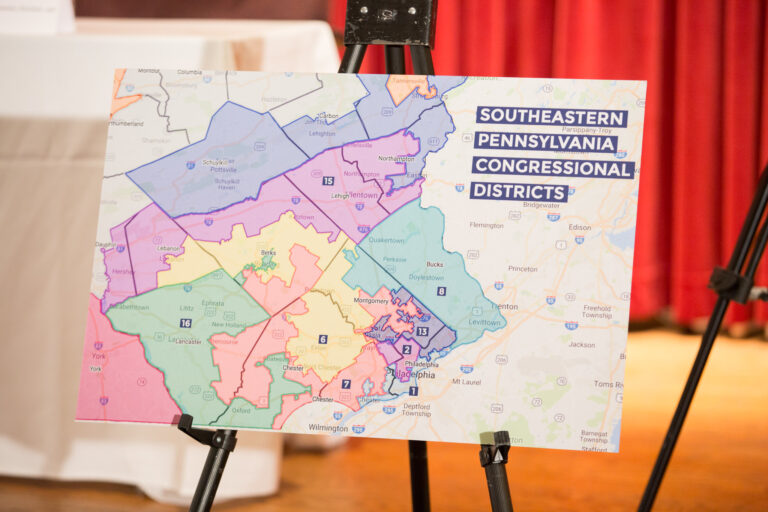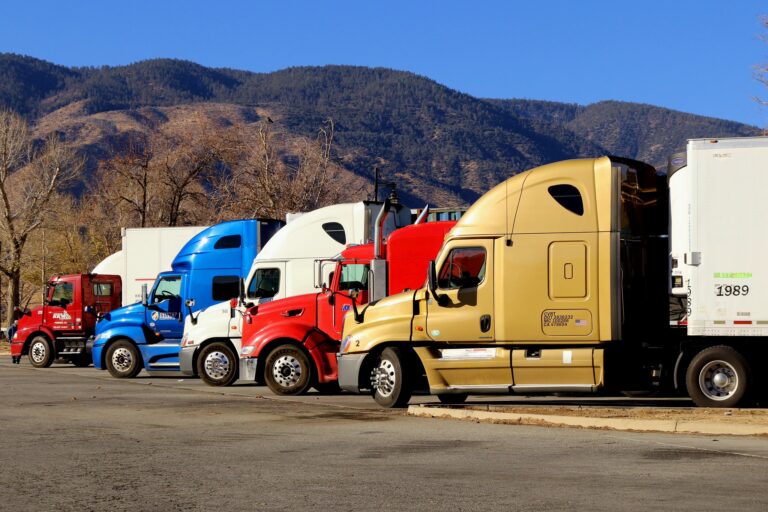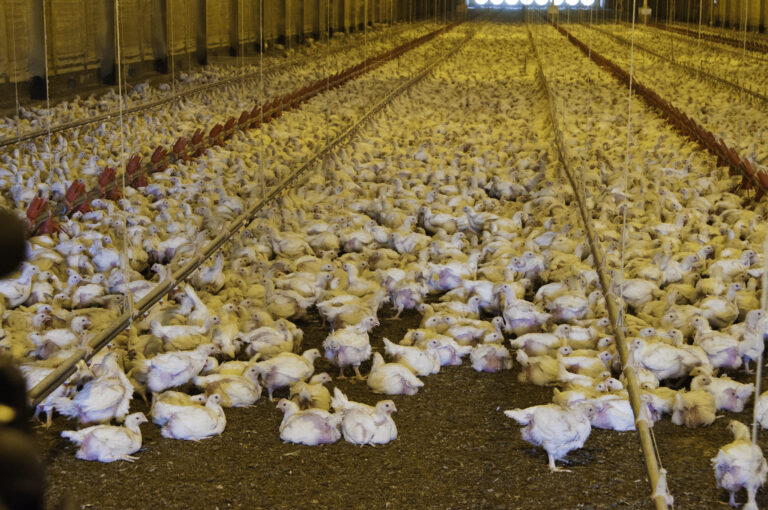
Benjamin Sachs is the Kestnbaum Professor of Labor and Industry at Harvard Law School and a leading expert in the field of labor law and labor relations. He is also faculty director of the Center for Labor and a Just Economy. Professor Sachs teaches courses in labor law, employment law, and law and social change, and his writing focuses on union organizing and unions in American politics. Prior to joining the Harvard faculty in 2008, Professor Sachs was the Joseph Goldstein Fellow at Yale Law School. From 2002-2006, he served as Assistant General Counsel of the Service Employees International Union (SEIU) in Washington, D.C. Professor Sachs graduated from Yale Law School in 1998, and served as a judicial law clerk to the Honorable Stephen Reinhardt of the United States Court of Appeals for the Ninth Circuit. His writing has appeared in the Harvard Law Review, the Yale Law Journal, the Columbia Law Review, the New York Times and elsewhere. Professor Sachs received the Yale Law School teaching award in 2007 and in 2013 received the Sacks-Freund Award for Teaching Excellence at Harvard Law School. He can be reached at [email protected].
The election of Donald Trump along with a Republican Congress presents a set of profound challenges and questions for the labor movement and for workers. As the readers of OnLabor know, the election of 2016 may mean (among other things): a national right to work law for the private sector; national right to work rules for the public sector (through the return of Friedrichs-type cases); the possibility that exclusive representation itself could eventually be ruled unconstitutional; a reshaped NLRB willing to undo much of what the Obama board has done, including on questions of joint employment, arbitration, graduate student organizing, and rules for non-union workplaces; a Department of Labor, potentially led by Scott Walker, and willing to undo what the historic Obama Department has achieved; workplace raids aimed at undocumented immigrant workers; a different approach to Title VII and the EEOC. The list, of course, continues. There may be positive developments too: the Trump campaign was committed to a robust infrastructure program and to restoring jobs – two things that, if accomplished, would be enormously important to workers. Trump has also indicated his support for some form of family leave and child care improvements.
Whatever the particulars turn out to be, this is a moment that calls for urgent and creative thinking about what comes next for labor. How should the labor movement begin to think about the next four years? What is possible in this changed environment? We hope to contribute to this discussion with Labor in the Trump Years, a series of essays from labor leaders, lawyers, and academics. The first installment comes from David Rolf.






Daily News & Commentary
Start your day with our roundup of the latest labor developments. See all
December 12
OH vetoes bill weakening child labor protections; UT repeals public-sector bargaining ban; SCOTUS takes up case on post-arbitration award jurisdiction
December 11
House forces a vote on the “Protect America’s Workforce Act;” arguments on Trump’s executive order nullifying collective bargaining rights; and Penn State file a petition to form a union.
December 8
Private payrolls fall; NYC Council overrides mayoral veto on pay data; workers sue Starbucks.
December 7
Philadelphia transit workers indicate that a strike is imminent; a federal judge temporarily blocks State Department layoffs; and Virginia lawmakers consider legislation to repeal the state’s “right to work” law.
December 5
Netflix set to acquire Warner Bros., Gen Z men are the most pro-union generation in history, and lawmakers introduce the “No Robot Bosses Act.”
December 4
Unionized journalists win arbitration concerning AI, Starbucks challenges two NLRB rulings in the Fifth Circuit, and Philadelphia transit workers resume contract negotiations.